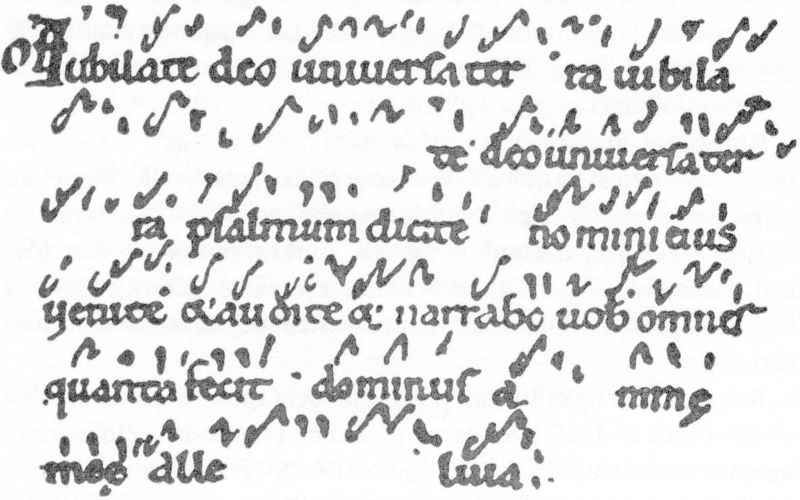That goddamned D section of The Entertainer is finally sinking in and coming together, which is a relief, as it really isn't all that hard and I was afraid I was suffering brain damage from my new meds or from malnutrition from my recent fifteen pound weight reduction. But apparently my constant practice is paying off because today I've been playing it fairly smoothly. I also began work on the final verse, the E section, which is also fairly easy.
This is the tenth anniversary of the 9-11 attack by criminals against the country, so the mood today is somber. I also found out the cemetery where my dad's buried has been bought, so apparently I need to deal with this odd situation.
Sunday, September 11, 2011
Monday, September 5, 2011
Father Guido
 Virtually all musical compositions are recorded for posterity (for better or worse) in musical notation which has become systematized over a period of several centuries. The Grand Staff is a familiar icon even to non-musicians. Everyone recognizes sheet music.
Virtually all musical compositions are recorded for posterity (for better or worse) in musical notation which has become systematized over a period of several centuries. The Grand Staff is a familiar icon even to non-musicians. Everyone recognizes sheet music.But who came up with the idea of recording musical ideas as a line of dots and dashes on a grid of horizontal lines?
The answer is found in a Medieval text called the Micrologus, written around 1026 by a Benedictine monk by the name of Guido of Arezzo. The Micrologus became the most widely circulated treatise on musical theory during the middle ages, (which probably meant it was read by a hundred people) but what concerns us for the moment is that Fra. Guido, in this treatise, invented for the first time musical staff notation. Before then, the standard was Neumatic notation, an example of which is sh
 own below, useful for Gregorian Chants and other monophonic works but for polyphonic compositions, well, something a little more sophisticated was required.
own below, useful for Gregorian Chants and other monophonic works but for polyphonic compositions, well, something a little more sophisticated was required.Fra. Guido noticed singers struggled to remember these Gregorian Chants and thought there had to be a better way than these somewhat arbitrary markings. As it turned out, there was. He published Micrologus and revolutionized music forever. If you look at the page from the Micrologus below, you'll see it isn't all that different from modern sheet music.

Take a moment to think about the momentousness of this accomplishment. In the 7th century musical scholar Isidore of Seville had written that it was impossible to accurately notate music. However, attempts to do so go back to 2000 BCE, although these efforts were very crude. An exact, scientific systematic approach had yet to be created. Guido took the first steps toward modern musical notation, and continued to develop musical instruction and notation all his life.
Apparently Fra. Guido's radical theories attracted the hostility of the other monks at the Abby at Pomposa, and he had to move to Arezzo, a more progressive town, to further pursue his musical experimentation. Arezzo had no Abby, but it did have a plethora of cathedral singers, whose training Bishop Tedald invited him to undertake. In subsequent years Fra. Guido developed valuable techniques, including a mnemonic which was the forerunner of our "Do-Re-Mi" system. He taught the use of "Solmization" syllables based on a hymn to Saint John the Baptist which begins "Ut Queant Laxis" and was written by the Lombard historian Paul the Deacon. The first stanza is:
- Ut queant laxis
- resonare fibris,
- Mira gestorum
- famuli tuorum,
- Solve polluti
- labii reatum,
- Sancte Iohannes.
Fra. Guido, who seemed sympathetic to the plight of musicians plagued with the task of memorizing abstract concepts of musical theory, also developed an interesting technique for mapping musical tones to the human hand.
Little is known of Guido d/Arrezzo's later years. It's known he attracted the attention of Pope John XIX, who invited him to Rome, where he went in 1028, but he returned to Arezzo soon due to poor health. After that, there is no information available about him, but his legacy to music--the Grand Staff--changed the world.
Subscribe to:
Posts (Atom)




